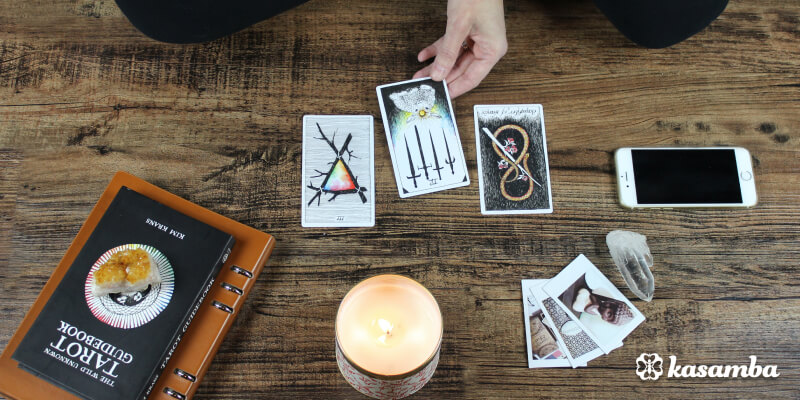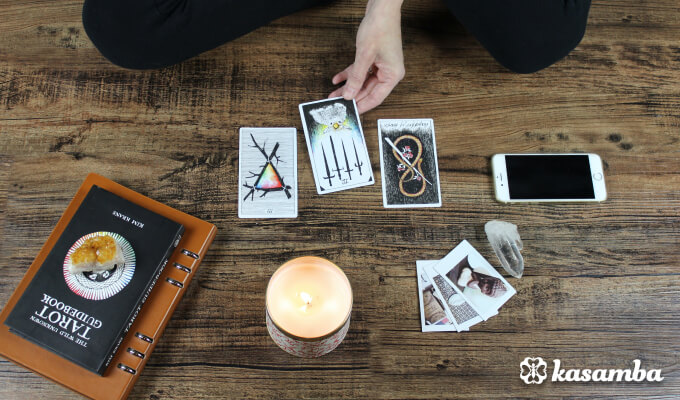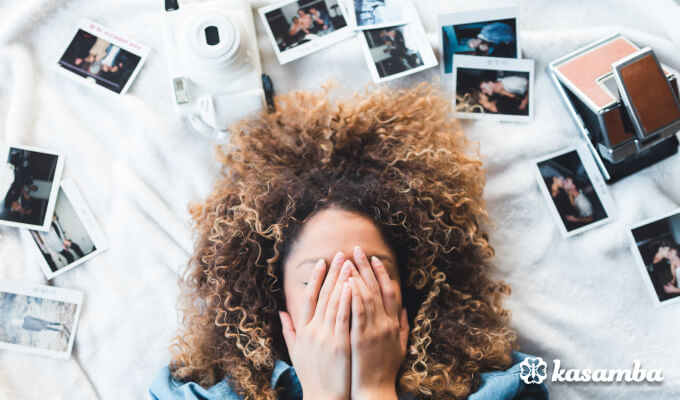Reading photographs involves analyzing the elements within the image, interpreting their meanings, and placing them within a broader context. Here are some steps to guide you:
- Start with the basics: Examine the photograph carefully, paying attention to the subject, composition, lighting, and color. Take note of any details or elements that stand out to you.
- Consider the context: Think about the time period and location in which the photograph was taken. Who was the photographer, and what was their intent or message?
- Analyze the subject: Look closely at the people, objects, or scenery in the photograph. What emotions, actions, or relationships are being conveyed?
- Interpret the meaning: Try to understand what the photograph is trying to say or express. Does it tell a story, evoke a particular mood or feeling, or make a statement about society or culture?
- Draw connections: Connect the photograph to other cultural or historical events and movements. How does it relate to other images, artworks, or media of the time?
Reading photographs takes practice, but with time, you will develop your own interpretive skills and be able to analyze images more effectively.


What is the use of photographs in making meaning of readings and viewing?
Photographs can enhance our understanding and interpretation of the written text or visual media we are viewing. Here are some ways in which photographs can be used to make meaning:
- Visual aids: Photographs can provide a visual representation of the subject matter being discussed, making it easier for readers/viewers to understand and retain the information.
- Contextualization: Photographs can provide a historical, cultural, or geographical context for the text or media being viewed, helping to situate the reader/viewer in the world being described.
- Emotional impact: Photographs can evoke strong emotional responses in the viewer, making them more invested in the text or media being viewed.
- Symbolism: Photographs can be used to convey symbolism or metaphor, deepening our understanding of the themes and messages being conveyed.
- Attention-grabbing: Photographs can be used to capture the reader/viewer's attention, drawing them into the text or media being viewed.
Overall, photographs can be a powerful tool for enhancing our understanding and engagement with the content we are reading or viewing and can help us grasp the meaning behind the text or media being presented.
Do photographs tell the truth?
Photographs can capture a moment in time, but they don't necessarily represent an objective truth. Photographs are created by human beings and therefore are subject to the photographer's biases, perspectives, and intentions.
For example, a photographer may choose to capture only certain aspects of a scene, or they may manipulate the image through cropping, editing, or filtering. In addition, the context in which the photograph was taken may influence its meaning or interpretation.
Therefore, it's important to approach photographs with a critical eye and to consider the potential biases and perspectives that may have influenced their creation. While photographs can provide valuable insights and information, they should always be considered within a broader context and with an awareness of their limitations as a representation of truth.


What is the purpose of visual literacy?
The purpose of visual literacy is to develop the ability to interpret and communicate meaning through visual media such as images, photographs, charts, graphs, videos, and other forms of visual representation. Visual literacy involves developing the skills to analyze, interpret, and create visual media, as well as understanding the cultural, historical, and social contexts in which visual media are created and consumed.
Visual literacy is important because visual media are pervasive in our daily lives, and are often used to convey complex information and ideas. By developing visual literacy skills, individuals can better understand and navigate the visual media that they encounter, and can more effectively communicate their own ideas and messages through visual media.
In addition, visual literacy is increasingly important in many fields and industries, such as advertising, marketing, design, education, and technology. As the importance of visual media continues to grow, individuals with strong visual literacy skills will likely have a competitive advantage in many areas of work and life.


Psychic Readings Using Photographs
Psychic readings using photographs, also known as psychometry, involve using a photograph as a focus for the psychic to tune into the energy or aura of the person depicted in the photograph. The psychic may hold the photograph, or simply look at it, and use their intuitive abilities to receive information about the person, such as their personality, emotions, relationships, or life path.
Psychic readings using photographs are considered a form of paranormal or metaphysical practice. The effectiveness of psychometry can vary depending on the skill and experience of the psychic, as well as the quality of the photograph and the energy of the person depicted.
Psychic readings using photographs can be used for a variety of purposes, such as gaining insight into a person's past or present, connecting with deceased loved ones, or receiving guidance for the future. If you’re interested in using photographs in a psychic reading, Kasamba’s psychics can give you a comprehensive and visual reading.
 About Janice Howard
About Janice Howard
Janice Howard is based in Oklahoma, USA. With years of experience researching all things spiritual , including divination tools such as Tarot, Numerology, and Psychic connections, Janice regards herself as a spiritual activist. During her spare time, she practices yoga, writes, and teaches mind, body, and soul connections at the local recreation centers.
Skills : Master of spirituality / Spiritual writer based in Oklahoma, USA / Spiritual activist
Skills : Master of spirituality / Spiritual writer based in Oklahoma, USA / Spiritual activist









